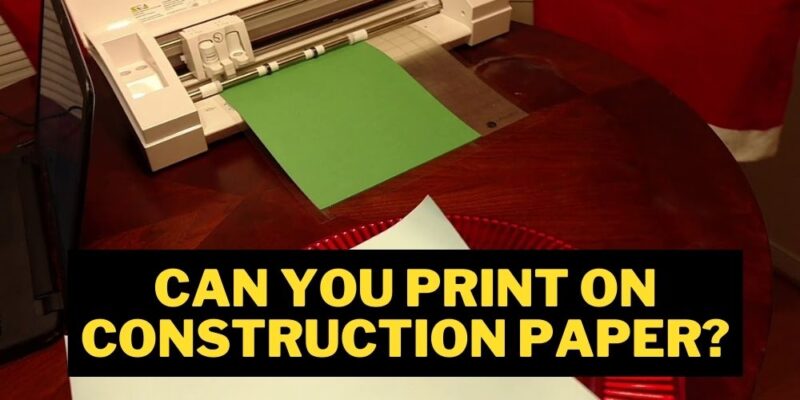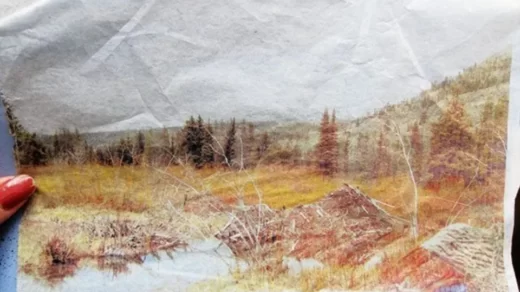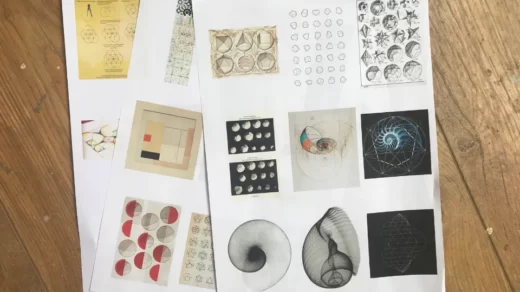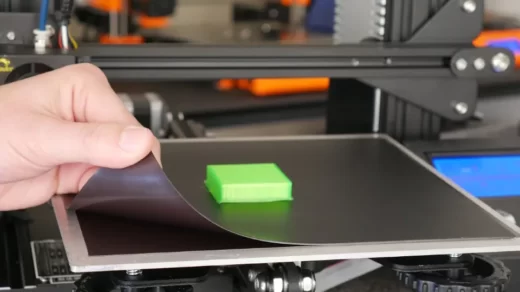Have you ever wished you could print on leather without using fancy, expensive tools? You might already have everything you need at home, which is a possibility. But how to print on leather?
Leather is a luxurious and sturdy material that has been used for centuries to create products that are both beautiful and long-lasting. Consider printing on leather if you’re looking for a distinctive way to give your next project some personality.
In this article, we’ll address frequently asked queries about printing on leather and offer some advice to help you achieve the best results. Let’s get started!
Table of Contents
How to Print on Your Leather Items?
We introduce some different ways below:
Use a Specialized UV Printer
Using a specialized UV printer will help you get the best results when printing on leather. These printers are made to print on non-porous surfaces, such as leather, without causing any harm. Using ultraviolet light, UV printers cure the ink so that it adheres to the surface of the leather. As a result, the print is robust and long-lasting. These printers are available both online and at your neighborhood print shop.
There are a few things to keep in mind when using a UV printer:
Since the print will be inverted on the leather, make sure your design is reversed before printing.
For best results, use vector files. As opposed to pixel-based files, vector files are made up of lines and curves, allowing for quality-preserving scaling. This is critical because leather can contract or expand depending on its use.
For printing on leather, UV printers have a lot of benefits. They produce high-quality prints quickly and effectively. The UV printer makes it simple to apply white ink prints to leather, which is difficult to do manually.
Using Citra Solv
You can transfer your design onto leather if the leather is thinner than you would like and transfer paper didn’t work well on it.
Gather the supplies
A few materials are required if you want to transfer your design to leather.
Prints of your image
Laser or inkjet printers are both acceptable. Because the toner from a laser printer sticks to leather more effectively, we advise using one. Before printing, make sure your image is mirror-inverted.
Bone folder
An efficient tool for creasing leather and paper is a bone folder. When wrapping your printouts in leather, it will be useful to have.
Masking tape
Painters and crafters frequently use masking tape, a type of adhesive tape. Because it’s simple to take off and won’t harm the leather, it’s perfect for this project.
Citra Solv
Citrus juice serves as the basis of Citra Solv. The leather will benefit from the printed image being transferred thereto.
Cotton swabs
Applying Citra Solv to the leather will be done with cotton swabs.
Scissors
You’ll need a pair of sharp scissors to cut out your printouts.
You are now prepared to begin imprinting your image onto the leather after gathering all of your necessary materials.
Use Bone Folder
You must burnish your image into the leather once it has been transferred. As a result, the ink will be more permanently set and won’t smear or bleed.
The entire print’s surface should be vigorously rubbed with the bone folder. You want to apply enough pressure to make sure that the ink is embedded into the leather, but not so much that you damage the leather.
Once you’ve applied the Citra Solv and burnished the entire back of the printout, you can check to see if the transfer is working by gently peeling back a corner of the paper. As the print begins to adhere to the leather, you should notice it. Continue until the entire image has been transferred. Repeat the burnishing procedure if you don’t see any transfer.
Leave the leather to dry for 24 hours after you achieve the desired result. Once it has dried, you can buff away any excess with a soft cloth. You’ve successfully transferred your image to leather, and that’s all there is to it.
Using Wax Paper Method
You can also use the wax paper technique if you’re looking for an alternative way to transfer your image to leather.
To do this, you’ll need:
- Wax paper
- Inkjet printer
- Roller
- Leather
The wax paper must first be printed with your image. Use an inkjet printer and ink that is toner-based for this step. If you try to transfer the ink without it, it will smear. Make sure your image is inverted before printing. This will guarantee that the leather will properly display your image.

Now take your piece of leather and lay it image side down on top of the wax paper. To ensure that the leather is firmly adhered to the wax paper, roll a roller over the back of the leather.
Read More:
Why Printing on Leather is a Great Idea?
If you’re looking for a way to add a unique touch to your products, printing on leather is a great option. Leather is a opulent and sturdy material that can give your products a high-end appearance. Additionally, printing on leather enables you to make complex designs that are impossible to make with other materials.
Also Read: How Long Should Printers Last?
Tips for Printing on Leather
- Always test the print on a small, hidden area of the leather to make sure that it will not fade or rub off.
- If printing on a natural leather, such as cowhide, use vegetable-based ink.
- Print with a non-permanent or light color ink if you want to be able to remove the printing later. Permanent inks might not be removably and will probably fade over time.
- Use a foam brush to apply the ink for even coverage and avoid any streaks or missed spots.
- Allow plenty of time for the ink to dry completely before handling or using the item again.
Read More: How To Print Google Slides With Notes?
FAQs
Can You Transfer a Picture to Leather?
Cut a piece of leather, and tape your image face down on top of it. It’s crucial that the image doesn’t move, which is why there is tape. Enter the Citrasolv solution with a cotton swab. Applying a moderate amount of liquid—rather than a completely drenched layer or even just a moist touch—is the objective.
Can You Print on Fake Leather?
Add custom art and graphics to a wide range of faux leather items— with VersaUV technology, you can also print onto PU leather, leatherette and other artificial leather products. By adding printing, leather goods that were already valuable are transformed into fashionable items that sell for a high price.
Conclusion
It can be perplexing to pay for personalized items because they can become prohibitively expensive, especially when leathers are involved, which are often printed with custom designs.
But now that you understand how to print on leathers, you can start carrying out one on your own.
Keep in mind that great results can be achieved when a creative idea and an enthusiastic hand combine!
Read Next:






